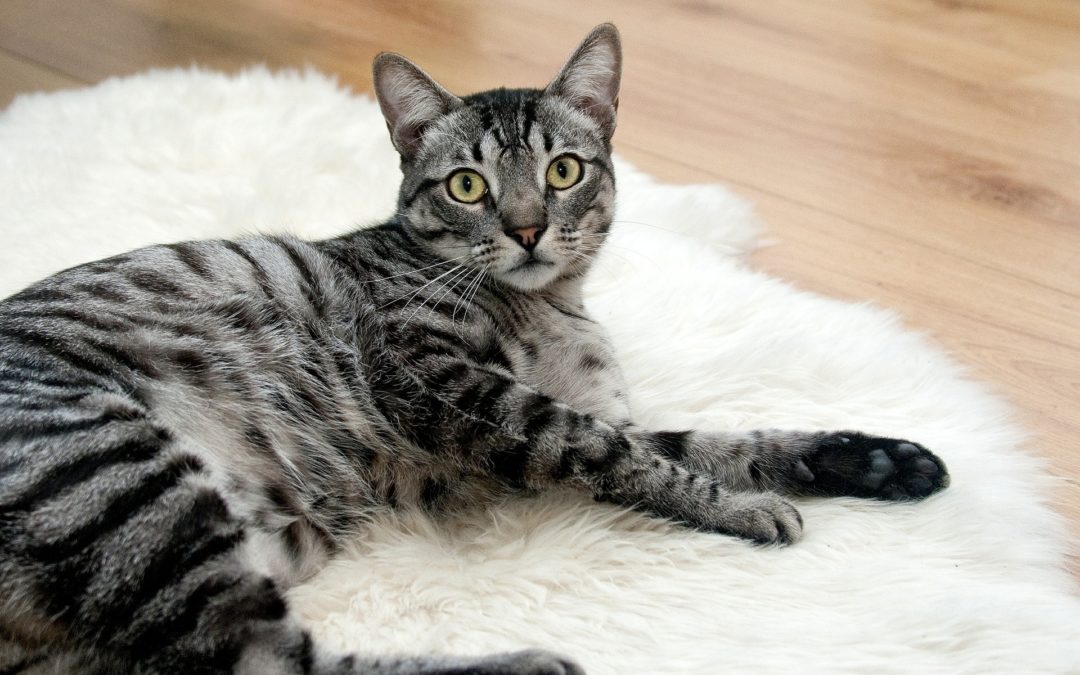Although feline diabetes, or diabetes mellitus, only impacts 1-2% of cats in America, it is still a serious health condition that should be understood by cat owners. As your local vets in Gilbert, East Valley Animal Hospital would like to cover a few common questions we get about this feline disease. With this knowledge, you should be able to detect if your cat is showing symptoms of diabetes and address your concerns with a vet.
What is feline diabetes?
In healthy cats, food is broken down by enzymes during digestion and the pancreas produces insulin that helps to regulate glucose in the bloodstream. Similar to humans, diabetes in felines is a condition where the body cannot properly respond to or produce the necessary insulin. In this case, blood sugar levels elevate, which can be extremely dangerous for your kitty.
Are there risk factors for diabetes in cats?
Diabetes is generally a condition that develops in middle-aged and senior cats—particularly if they are overweight.
What are the symptoms of diabetes in cats?
One of the most apparent clinical symptoms of diabetes in cats is excessive thirst and frequent urination. Excess glucose in your furry companion’s bloodstream makes her very thirsty. Other signs include:
- Increased appetite
- Weight loss
- Dehydration
Is there a treatment for feline diabetes?
While there is no cure for feline diabetes, it can be managed well with proper education and attention. Treatment for feline diabetes is generally a two-pronged approach: insulin injections and dietary management. Administered together, these treatments will help restore normal blood sugar levels, minimize weight loss and thirst, and normalize the appetite. Most vet-recommended, diabetic diets will restrict carbohydrates, which are known to spike glucose levels in your cat.
How can I prevent my cat from becoming diabetic?
Diabetes prevention is primarily about diet. If you free-feed your cat and she is verging on being overweight, consider restricting her to a scheduled feeding diet where she eats a regimented portion once or twice a day. Feeding your cat a low carbohydrate, high protein and moderate fat diet will help regulate insulin levels in healthy cats.
If you are unsure whether your cat is displaying symptoms of diabetes or if her diet is appropriate, don’t hesitate to give us a call at East Valley Animal Hospital in Gilbert. We are passionate about preventative health and pride ourselves on having respectful, caring interactions with our clients and their pets.
Image by Amaya Eguizábal from Pixabay (12/9/2019)

